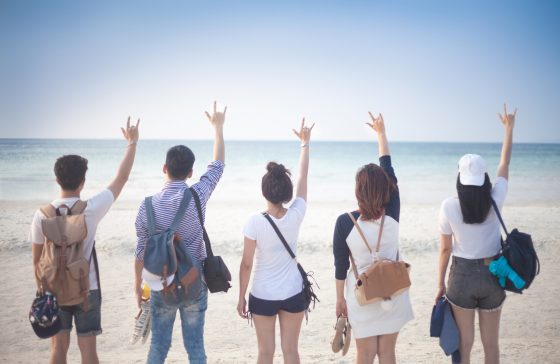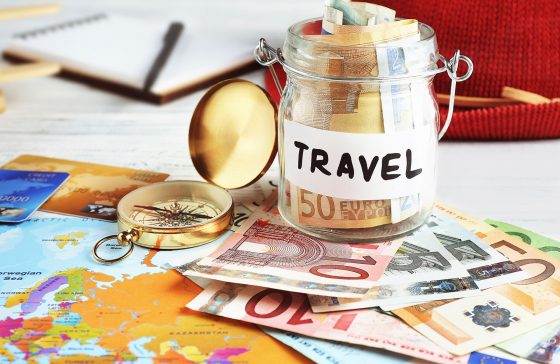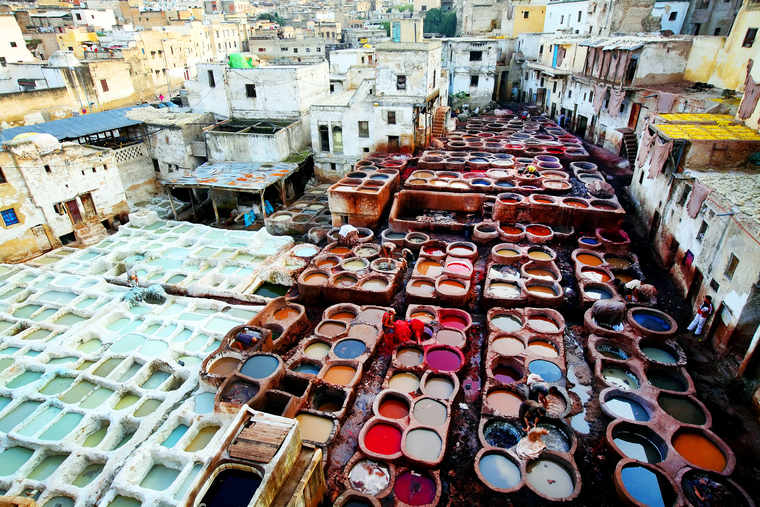
Morocco is a fascinating country packed with adventure, culture, delicious cuisine and natural beauty, and you will find itineraries in tour comparison Morocco reflect that. Activities such as Sahara Desert camel treks, visits to traditional tanneries, dye pits and Argan oil cooperatives, and cooking classes and Tajine demonstrations are all featured on Morocco tourism itineraries – not to mention optional excursions that allow you to tailor your own experience.
Morocco tourism offers adventure, unique cuisine, history and culture
There are plenty of Morocco tourism packages available with options beginning and ending in Casablanca, Fez, Marrakesh, Essaouira and Rabat, and even itineraries that combine Spain with the north African country. One of the most valuable benefits of a tour in Morocco is avoiding getting lost in the labyrinth of inner-city medinas, with guided walking tours of Casablanca, Marrakesh, Fez and Meknes included.
There are plenty of activities on tour itineraries to Morocco, with walks in the imposing Gorge du Dades, side trips to Cascades d’Ouzoud, and visits to Berber camps where travellers will meet people of this Indigenous ethnic group. Optional excursions such as rock climbing, hammam spas, hot air balloon rides and camel rides all appear on many tour comparison Morocco choices.
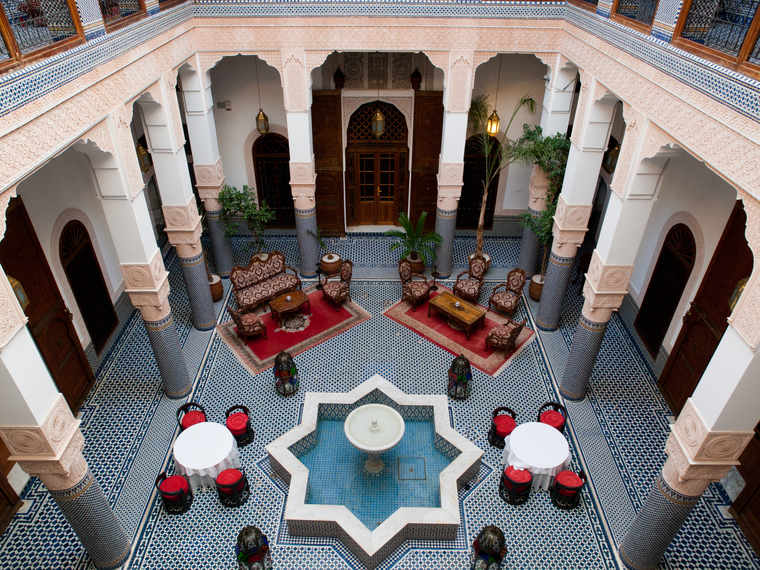
Exclusive accommodation in riads or desert bivouacs is included, along with transport in either 4×4 land cruisers or comfortable mini vans, and entrance fees to all applicable sites. Another of the most significant benefits of Morocco tourism packages is the experienced guides who will make sure you avoid market scams and haggling tricks that occur all too frequently in every city.
Itching to plan your trip? Take a look at our tour comparison Morocco and find the right itinerary for you.
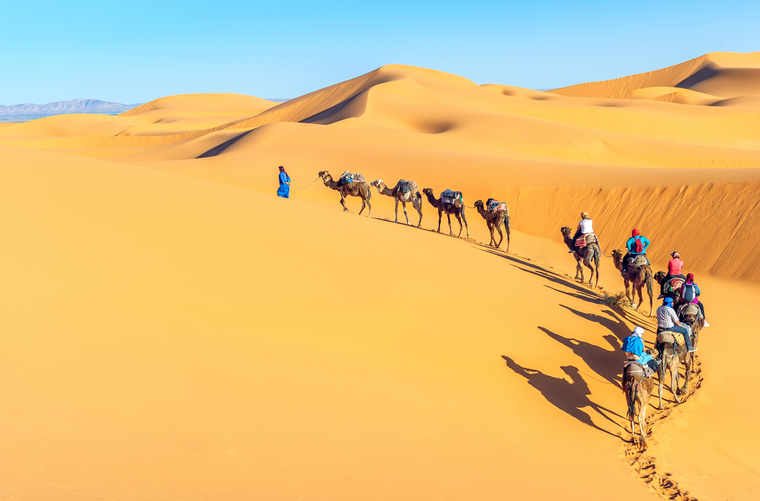
Want a taste of that insider Morocco tourism knowledge we mentioned before? We have collected the best facts from real life tour guides. Impress them on tour with how much you already know.
- From the north coast of Morocco, Spain’s southern tip and the British Overseas Territory of Gibraltar can be seen across the Strait of Gibraltar.
- Morocco’s north-west coast is bordered by the Atlantic Ocean, upon which the bustling port city of Casablanca – made more famous by the iconic film, the resorts of Essaouira and Asilah, and the cruise port in Tangier are located.
- Morocco has served as a movie set for many blockbuster movies, including Gladiator, Cleopatra, The Mummy and Lawrence of Arabia.
- The Atlas Mountains form a natural border between the Atlantic coastline and the Sahara Desert, stretching 2,500 km from Morocco into Algeria and Tunisia. The highest peak, Jebel Toubkal, reaches an elevation over 4,000 metres.
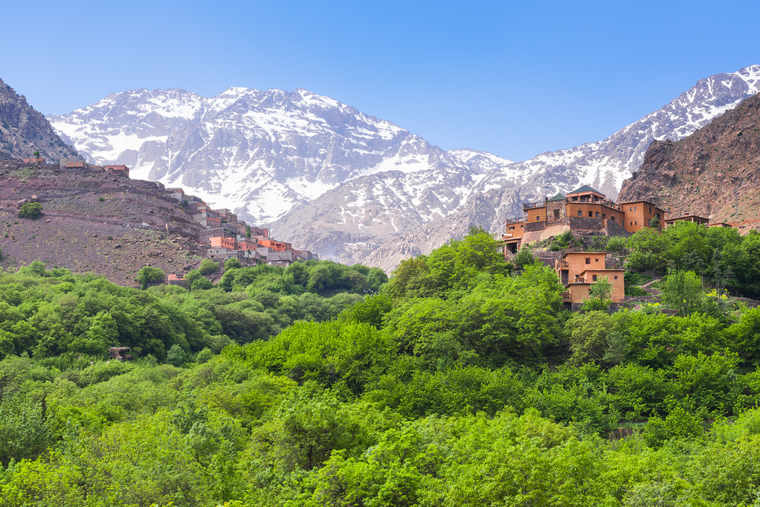
- At over nine million km2, the Sahara Desert is the third largest desert in the world behind only Antarctica and the Arctic. A portion of the desert lies in Morocco, though it also covers significant parts of Algeria, Chad, Egypt, Libya, Mali, Mauritania, Niger, Western Sahara, Sudan and Tunisia.
- Literary figures Mohammed Khair Eddine and Leila Abouzeid, and US expats Paul Bowles and William S. Burroughs all called Morocco home.
- One of the most famous Moroccan works of literature is the autobiography ‘For Bread Alone’ written by Mohammed Choukri.
- Then Moorish coastal capital Rabat is one of the four imperial cities of Morocco, and features a UNESCO World Heritage Listed medina sitting directly across the river from the 11th century city of Salé.
- Though Marrakech is only the fourth-largest city in Morocco it is one of the most frequented destinations due to the seemingly endless maze of markets that inhabit the medina.
- The medina in Fez is comprised of more than 9,000 narrow alleyways twisting and turning their way through the city. Finding your path here without the help of a certified Morocco tourism guide can be quite a challenge.
- The town of Imilchil is well known for its annual marriage festival, which is an important symbol of Berber culture and involves up to 40 couples marrying on the day.
- The spectacular Cascades d’Ouzoud are well worth the 150-kilometre trip from Marrakech required to reach the multi-step falls.
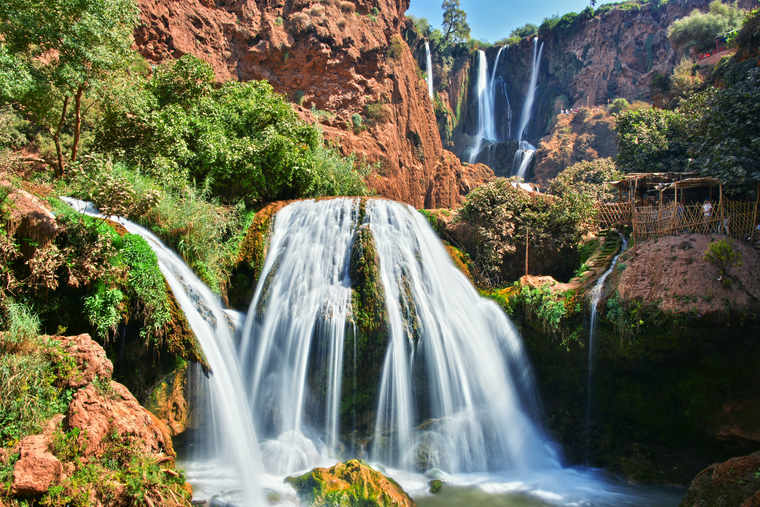
- Morocco’s cities offer a great variety of fascinating architecture, such as the Art Deco styles in Sidi Ifni, historic Roman ruins in Volubilis and blue buildings of Chefchaouen.
- Moulay Idriss is a pilgrimage site sacred to Moroccans, where Moulay Idriss I arrived in the eighth century and introduced the Islamic religion.
- Morocco offers an array of outdoor adventures, such as trekking in the Toubkal Massif, hiking amongst the steep cliffs at Todgha Gorge, taking in the scenery in the Draa Valley, and skiing at the town of Ifrane.
- Modern Morocco at its finest can be experienced in Agadir, which is a resort destination known for a vibrant café culture, golf courses and wide beaches along the southern Atlantic coast.
- Morocco’s King Hassan II survived two assassination attempts during his controversial rule and was succeeded by his son Mohammed VI upon his death.
- Sahrawi human rights activist Aminatou Haidar has caused quite a stir and won several awards for her work toward independence for Western Sahara.
- In terms of entertainment, Morocco has brought us Gnawa music, radio broadcaster Imad Kotbi, actor Jean Reno and singer Samira Said.
- Leather tanning, Argan oil, sardine exports and phosphate mines represent some of Morocco’s most important industries.
Courtney Gahan is a serial expat, traveller and freelance writer who has bartered with Moroccan marketeers, seen the sun rise at Angkor Wat and elbowed her way through crowds on NYE in NYC

